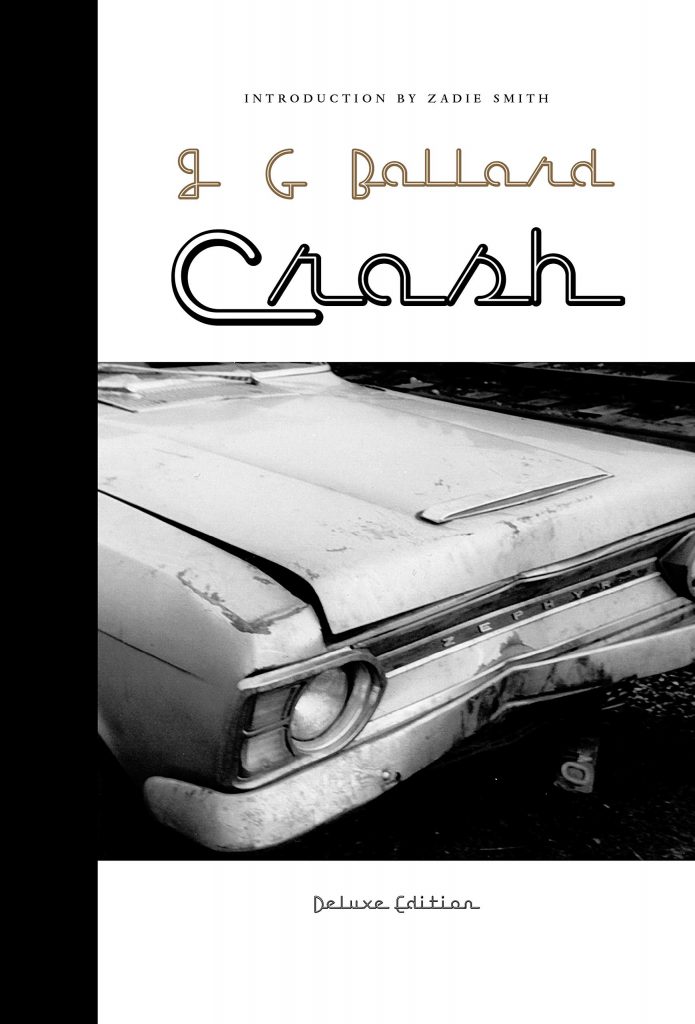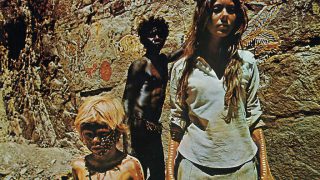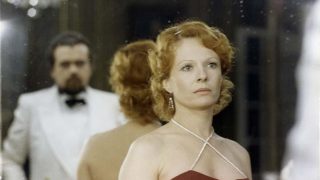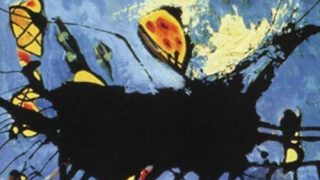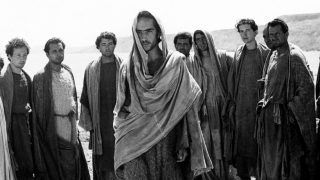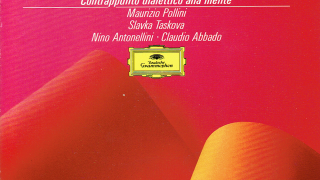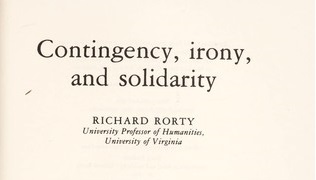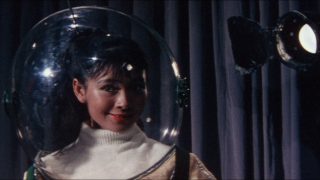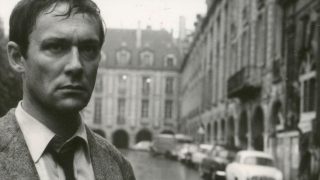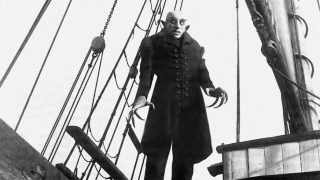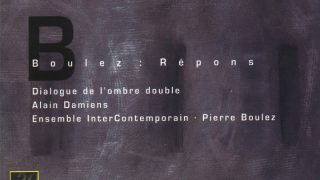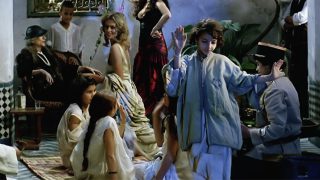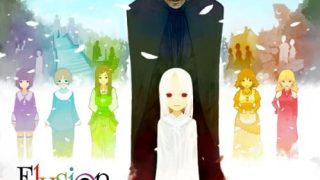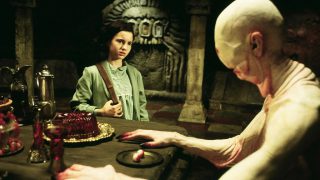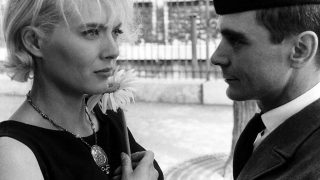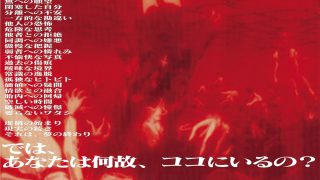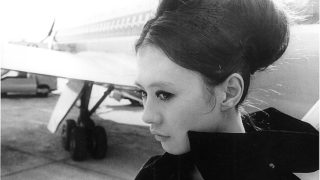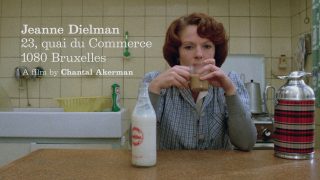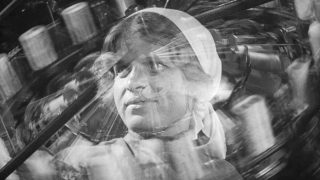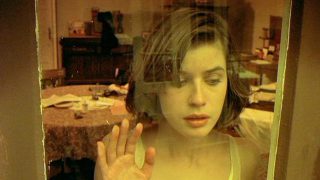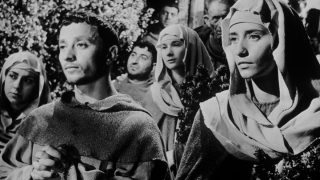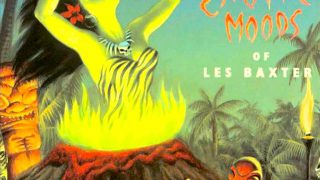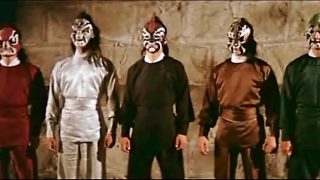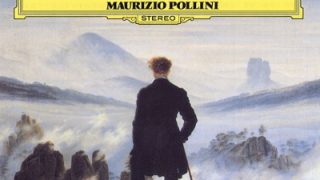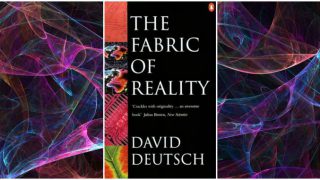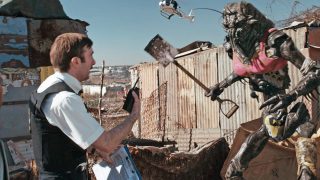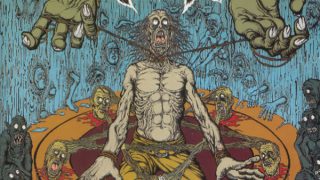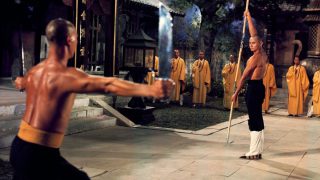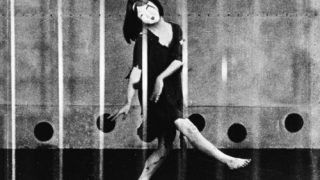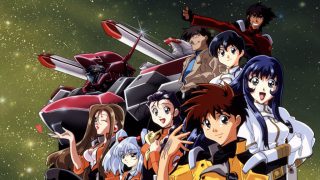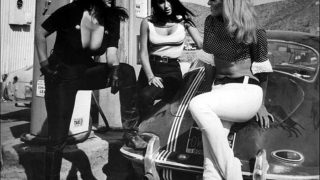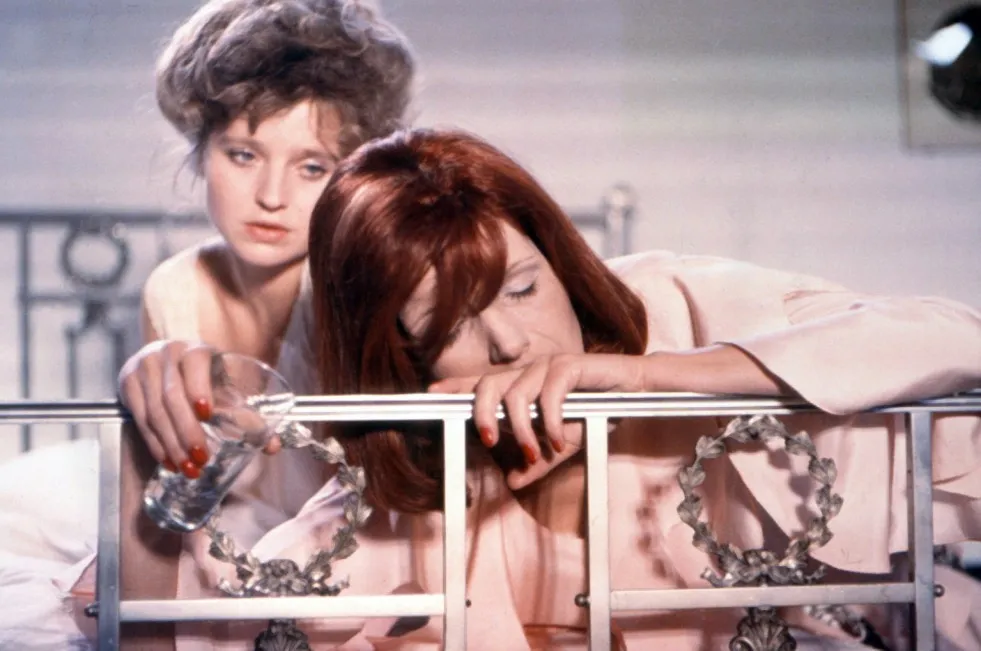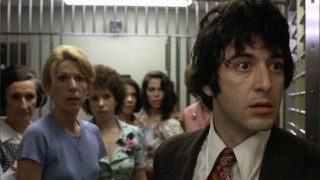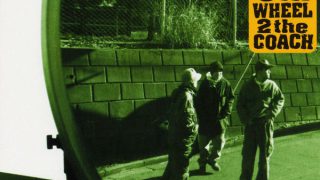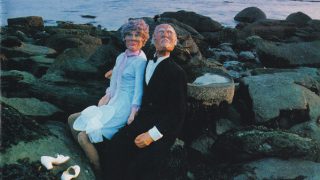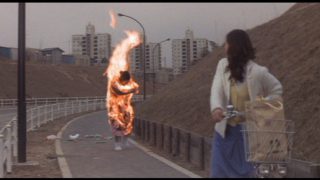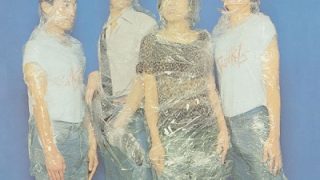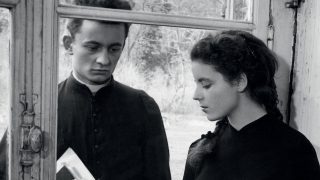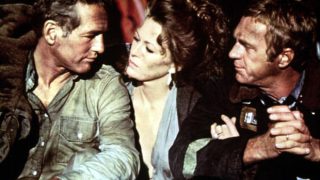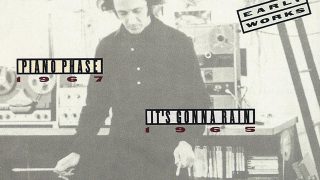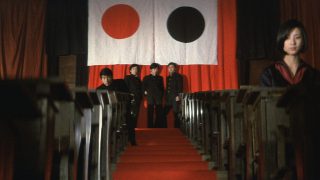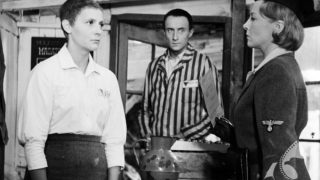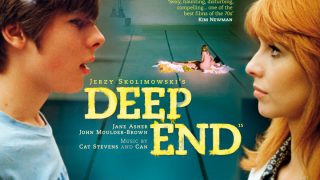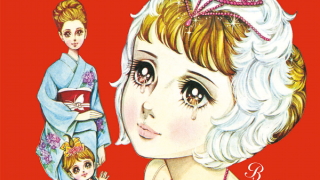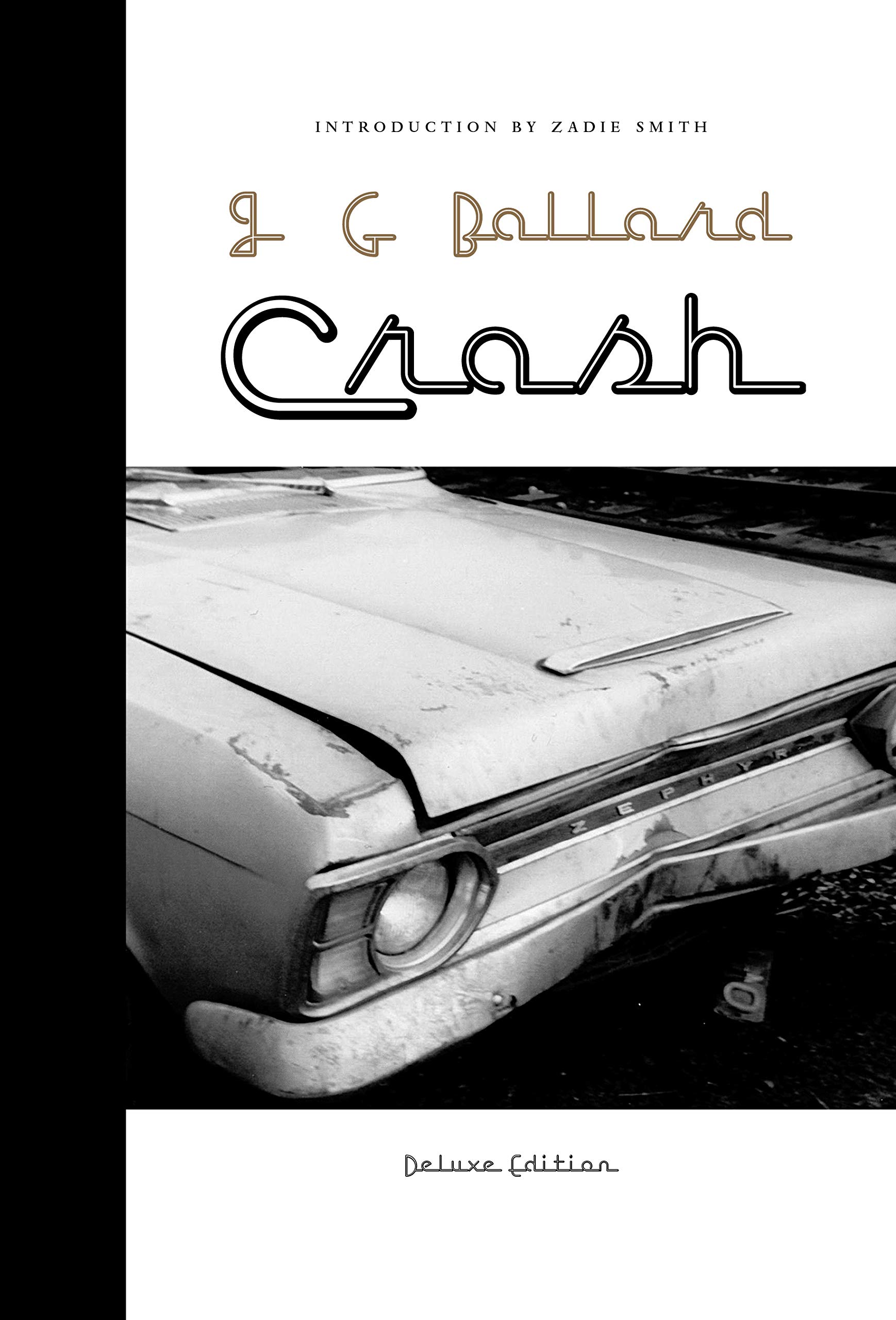English novelist J. G. Ballard’s “Crash” (1973) is a controversial novel that dealt with the motif of auto-crash sexual fetishism, which is psychiatrically categorized as a kind of symphorophilia.
In the 1960s, Ballard wrote and published post-apocalyptic novels, such as “The Drowned World” (1962), “The Burning World” (1964), and “The Crystal World” (1966), under the influence of surrealist paintings, and attracted attention as one of the forerunners of speculative fiction and the New Wave of science fiction.
After that, in the late 1960s, he wrote a series of experimental short stories called “condensed novels” under the influence of pop art and William S. Burroughs. Those were collected as “The Atrocity Exhibition” (1970) later.
In the several texts of “The Atrocity Exhibition”, he had already dealt with the motif of the relation between sexuality and auto crash. Besides, in association with “The Atrocity Exhibition”, he organized an exhibition of crashed cars at the New Arts Laboratory, London in 1970.
Based on these backgrounds, he developed the motif into the novel “Crash”.
The story is told from the first-person perspective of James Ballard, a 40-year-old TV commercial producer living in Shepperton, a suburban village in the south west of central London.
James is going to shoot a commercial for a Ford sports car by using actress Elizabeth Taylor. After having a car crash near London Airport, he finds that scientist Robert Vaughan, who is a former computer engineer and had worked as a science commentator on TV, stalks him.
Vaughan is obsessed with sexual desire focused on car crashes. He rushes over to the scenes of car accidents, takes pictures of the crashed cars and the victims, and imagines celebrities dying in car crashes.
Being influenced by Vaughan, James also wakes up to the sexual potential of car crashes, and his sexual desire becomes expanded to polymorphous perversity.
Meanwhile, Vaughan tries to realize his long-held desire to die in a head-on collision with Elizabeth Taylor.
This novel is a kind of disaster novel filled with signs of catastrophe as shown in the term “Autogeddon”, and a masterpiece like a nightmare, which depicts a terrifying, but seductive dystopia as an apocalyptic imagined landscape, in which human and machine, sexuality and technology, Eros and Thanatos are fused.
From the perspective of literary history, it is interesting that “Crash” shows a simultaneous similarity to Thomas Pynchon’s “Gravity’s Rainbow” (1973). “Gravity’s Rainbow” is an encyclopedic and satirical novel set in the catastrophe near the end of WWII. Both “Gravity’s Rainbow” and “Crash” were published in 1973, and they have in common that they depicted humans who are controlled by technology and integrated with machines. Besides, both of them can also be regarded as pioneering works of cyberpunk.
In “Simulacra and Simulation” (1981), French philosopher Jean Baudrillard praised “Crash” as “the first great novel of the universe of simulation”, and argued with the term “hyperreal” about how it trespassed the limit of science fiction as a genre.
The Canadian film “Crash” (1996) directed by David Cronenberg is a film adaptation of this novel.
